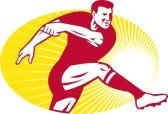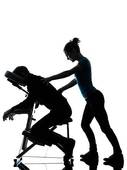Nail It!
We massage therapists pride ourselves on our abilities in touch – and that’s why I am so surprised when clients give me an earful about fingernails! This is a touchy issue for massage therapists – we figure we’re doing things like avoiding perfumes and warming our oils so we can facilitate relaxation in our clients. … Continue reading Nail It!



